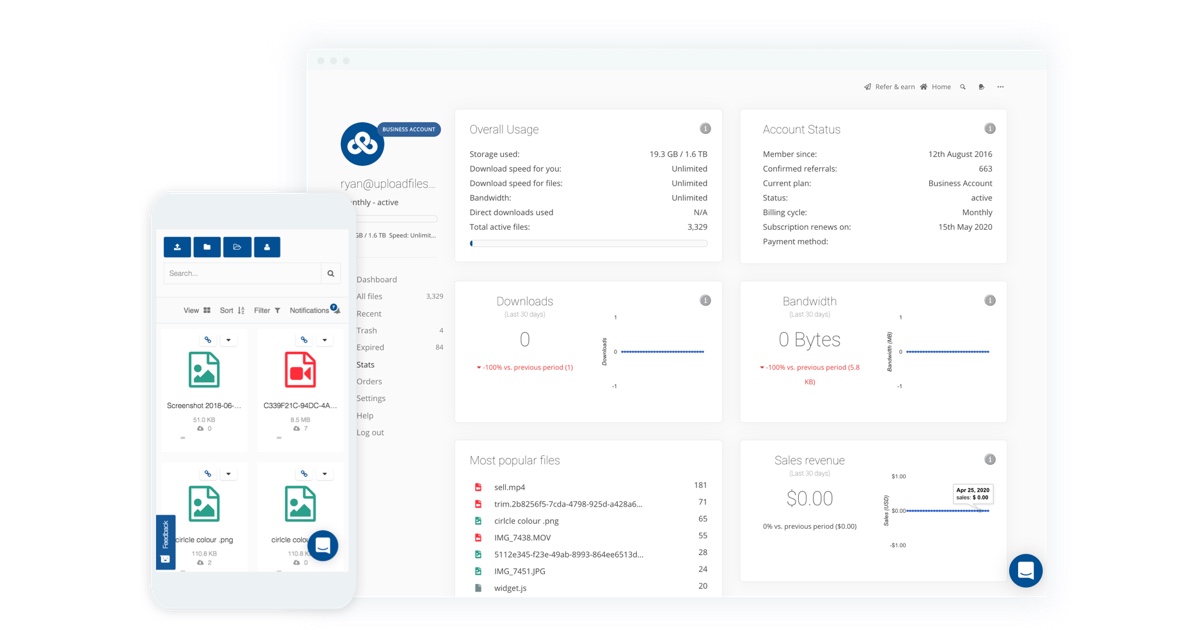I noticed a (data) call not setup on 468.675 for TGT:10001 SRC:742.
This was indicating that the call was targeted for repeater 3. (which is what this repeater # is)
There where about 14 FLCO:9 sent:
- 10 of them I noticed the 4 bits (20-23) are = 7
- 4 of them I noticed the 4 bits (20-23) are = 2
I think normally when a call is setup, the 4 bits (20-23) are = 0 for the last few FLCO:9 PDUs.
Not sure if this is some type of acknowledgement (request/response) of called ms presence or not.
Prehaps if the value is not 0, then don't setup for a call.
So far I've seen the values 0,1,2,7. (maybe: 0=OK, 1=NotOK?, 2=NotOK, 7=WAIT for MS ACK)



